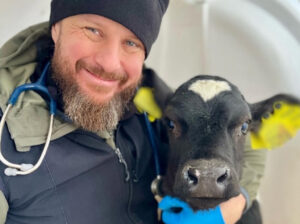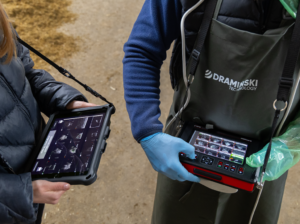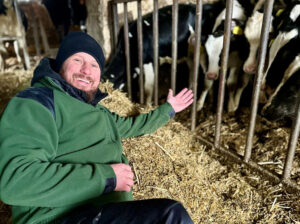Uterine Prolapse in Cows (Prolapsus Uteri)

Uterine prolapse is an acute clinical condition that typically occurs within 24 hours after calving and poses a direct threat to the cow’s life. It requires immediate and skilled veterinary intervention under field conditions. If left untreated or managed improperly, it can lead to severe complications or even death.
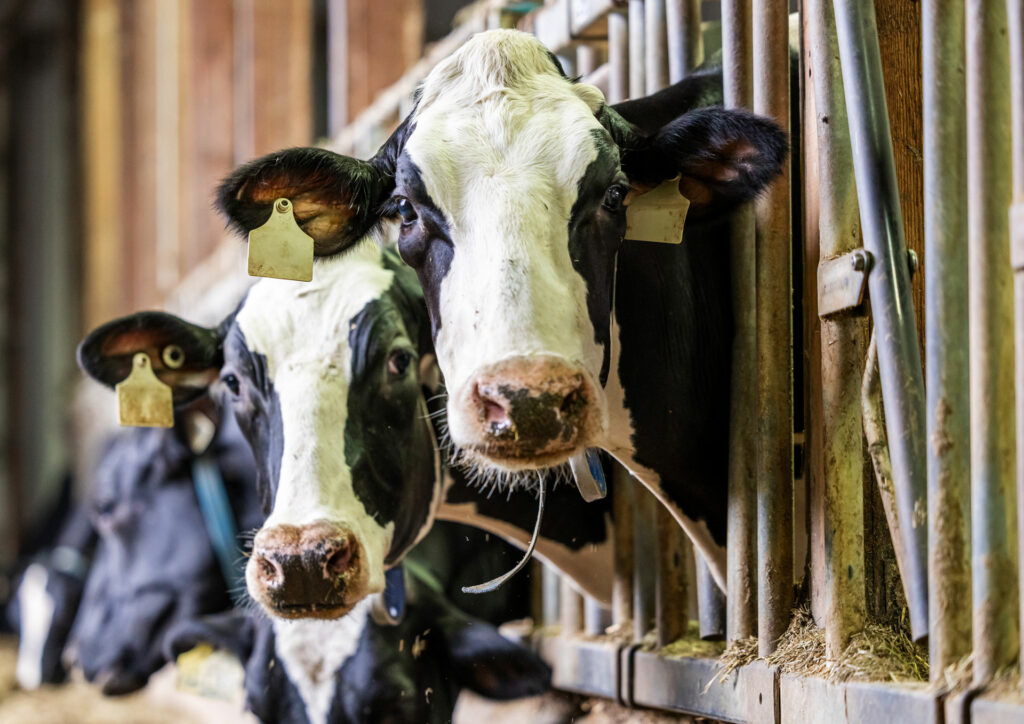
Pathophysiology
Uterine prolapse involves complete eversion of the uterus through the cervix and vagina, resulting in its protrusion outside the body. This condition most commonly develops postpartum and is associated with the following risk factors:
• Excessive uterine distension (e.g., twin pregnancy, hydrops of the fetal membranes),
• Uterine atony (e.g., secondary to hypocalcemia),
• Recumbency on a sloped surface,
• Strong abdominal straining (e.g., due to retained placenta or its remnants),
• Persistent cervical dilation.
Clinical Signs and Diagnosis
• A large mass, typically the uterus (and occasionally vaginal tissue), is visibly protruding through the vulva,
• The prolapsed uterus may be soiled, traumatized, or even necrotic,
• Common systemic signs include depression, tachycardia, hypothermia, and potentially signs of shock,
• The animal may exhibit restlessness, difficulty urinating or defecating, and attempts to lie down,
• Signs of dehydration and electrolyte imbalances are often present.
Step-by-Step Veterinary Management
1. Assessment of General Condition
• Evaluate vital parameters (heart rate, respiratory rate, temperature),
• Assess hydration status, responsiveness, and tissue perfusion,
• Consider hypovolemic or septic shock and initiate fluid therapy if indicated.
2. Sedation and Anesthesia
• Administer sedation (e.g., xylazine) and perform epidural anesthesia (e.g., lidocaine at L4–S1) to:
◦ Prevent further straining,
◦ Facilitate manipulation,
◦ Minimize pain.
3. Uterine Cleaning
• Gently wash the uterus using cold, sterile water with added antiseptics (e.g., potassium permanganate, acriflavine),
• Remove debris, blood clots, and any retained placental tissue.
4. Uterine Repositioning
• Place the cow in a standing position (or elevate the hindquarters if recumbent),
• Carefully and gradually reposition the uterus, starting with the horns and then the uterine body,
• Inspect for lacerations, ruptures, or uterine torsion,
• Perform internal uterine massage to ensure correct anatomical placement of the uterine horns.
5. Prevention of Recurrence
• Apply a retention suture (e.g., Buhner stitch),
• Compression bandages or abdominal support straps may also be used when necessary.
6. Pharmacological Treatment and Supportive Care
• Systemic antibiotics (e.g., penicillin, oxytetracycline),
• Non-steroidal anti-inflammatory drugs (NSAIDs; e.g., flunixin meglumine, ketoprofen),
• Correction of hypocalcemia with intravenous calcium borogluconate,
• Fluid therapy with isotonic crystalloids (e.g., 0.9% NaCl, Ringer’s solution).
7. Post-Treatment Monitoring
• Continuous monitoring for 24–48 hours post-intervention,
• Observe feed intake, vital signs, urination, and defecation,
• Schedule a follow-up examination within a few days.
Prognosis
The prognosis ranges from guarded to fair.
Negative prognostic indicators include:
• Delayed intervention,
• Mechanical trauma to the uterus (e.g., lacerations),
• Secondary infections or peritonitis,
• Circulatory failure or concurrent hypocalcemia.
Potential Complications
1. Infections:
• Endometritis, metritis, pyometra,
• Vaginitis, cervicitis
2. Peritonitis:
• Due to uterine rupture or perforation
3. Sepsis:
• Rapid progression of systemic infection
4. Hypovolemic or Septic Shock
5. Metabolic Disorders:
• Most commonly hypocalcemia (frequently associated with uterine prolapse)
6. Infertility or Reproductive Disorders:
• Delayed uterine involution, ovarian cysts, subfertility, intra-abdominal adhesions
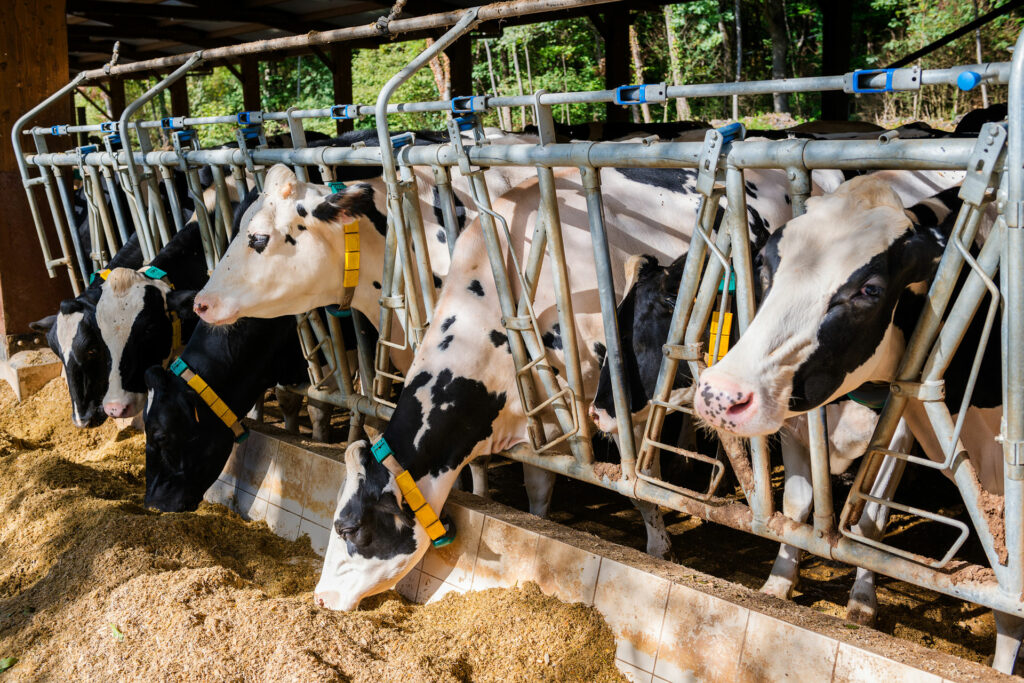
Practical Tips and Preventive Measures
• Nutritional management during the periparturient period – focus on preventing hypocalcemia and negative energy balance,
• Avoid excessive body condition in dry cows,
• Provide assistance during calving only when necessary and avoid excessive traction,
• Prompt treatment of retained placenta and postpartum paresis,
• Ensure clean, dry, and level flooring for cows during the postpartum period.

DVM, Michał Barczykowski

